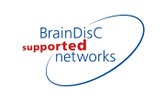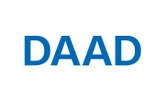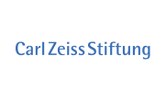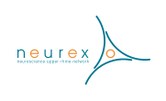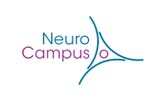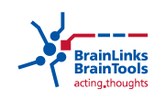Arthur Leblois (Centre de Neurophysique, Physiologie et Pathologie; Université Paris Descartes) | The role of striatal feedforward inhibition in the maintenance of absence seizures
| When |
May 30, 2016
from 05:15 PM to 06:45 PM |
|---|---|
| Where | BCF Lecture Hall, Hansastr. 9a |
| Contact Name | Arvind Kumar |
| Add event to calendar |
|
Abstract
Absence seizures are characterized by brief interruptions of conscious experience accompanied by oscillations of activity synchronized across many brain areas . While the dynamics of the thalamocortical circuitry are traditionally thought to underlie absence seizures, converging experimental evidence support the key involvement of the basal ganglia (BG). In this theoretical work we argue that the BG are essential for the maintenance of absence seizures. To this end, we combine analytical calculations with numerical simulations to investigate a computational model of the BG-thalamo-cortical network. We demonstrate that abnormally strong striatal feedforward inhibition can promote synchronous oscillatory activity which persists in the network over several tens of seconds as observed during seizures. We show that this persistence results from an interplay between the negative feedback through the cortico-subthalamo-nigral pathway and the striatal feedforward inhibition. The negative feedback promotes epileptic oscillations while the striatal feedforward inhibition suppresses the positive feedback in the cortico-striato-nigral “direct” pathway. Our theory is consistent with experimental evidence regarding the influence of BG on seizures, e.g., with the fact that a pharmacological blockade of the subthalamo-nigral pathway suppresses seizures. It also accounts for the observed strong suppression of the striatal output during seizures. Our theory predicts that well-timed transient excitatory inputs to the cortex advance the termination of absence seizures. In contrast with the thalamocortical theory, it also predicts that reducing the synaptic transmission along the cortico-subthalamo-nigral pathway while keeping constant the SNr average firing rate reduces the incidence of seizures.


